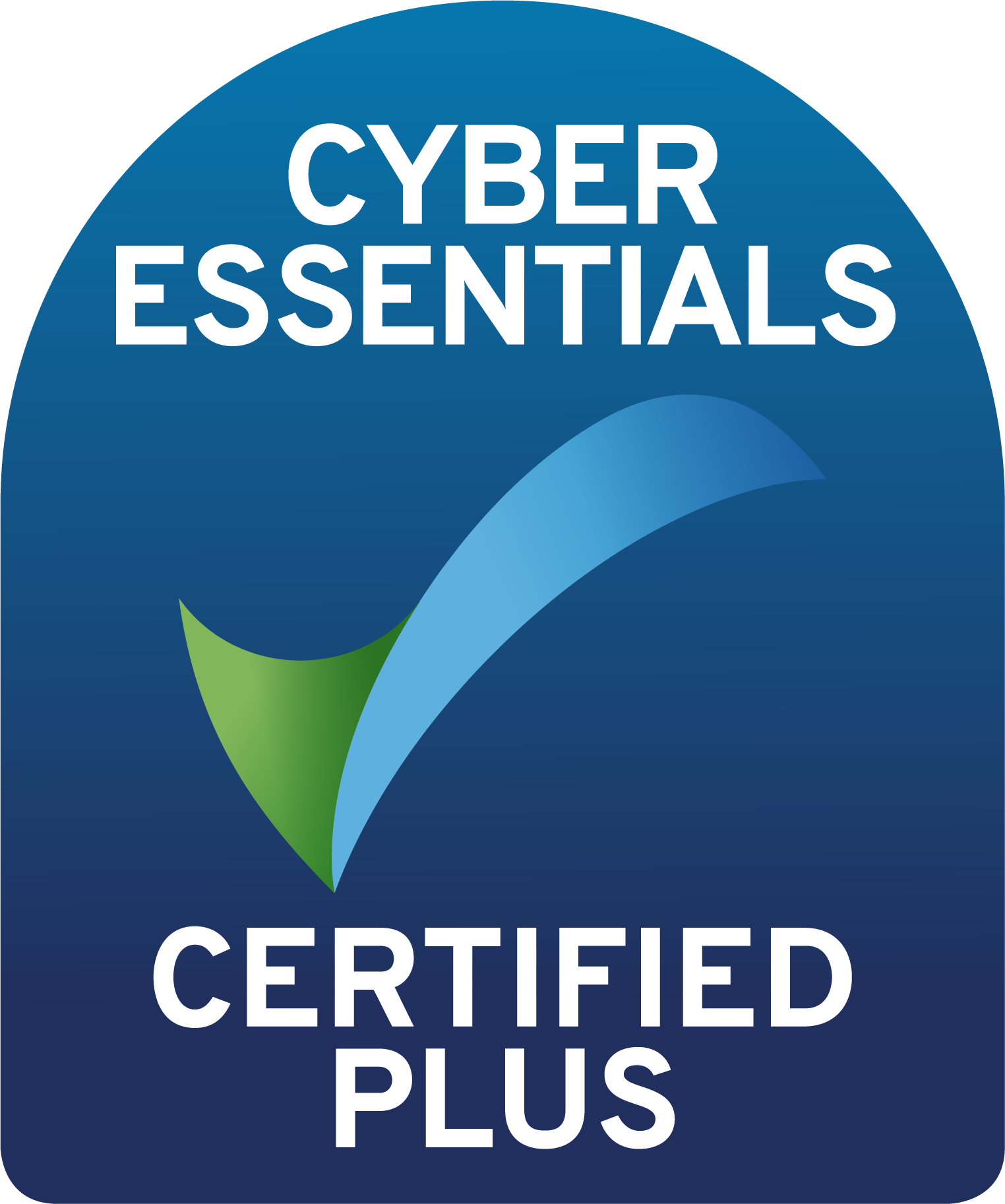Part 1 - Why you need them…and why they are often not in place.
As a line manager looking at your ‘to do’ list on a Monday morning, I can predict that a couple of items are there every week at the bottom of the list. You know, the items that HR are badgering you to do - write up your team appraisals, undertake that training plan for Joe, and write a job description for the new position in your team. However, I’ll wager it’s the JD writing that is still there on your list, week after week.
Why? Because to an average line manager, writing a job description is a pain. It takes time to do, and you maybe don’t know what to write, or how to write it. Without guidance or training from HR, job descriptions are often just a list of a few essential duties followed by a phrase like ‘must have 10 years’ experience’. These kind of job descriptions are about as useful as a chocolate teapot yet we see them all the time – grudgingly written by hard-pressed line managers in desperate need of help.
Of course, it is line managers themselves that need to create the job descriptions. They ‘own’ the role from the perspective of knowing the duties, responsibilities, person specification and required deliverables. There are risks if HR managers try and write them, without knowing the role. For instance, assumptions can be made that may result in the wrong person being hired, the job being incorrectly fitted into a pay structure or deliverables not being understood by incumbents.
And let’s not underestimate the importance of effective job descriptions. They really are the foundation stones of good people management practice, and you can work any investment made in writing them right through to the bottom line of the company. For example, an employee hired against a poorly written person specification is a risky hire. You might get lucky and they fit the role, but if they leave or are dismissed, costs to the business from agency fees, advertising costs, management time etc. can run into thousands of pounds, even at operational levels.
So, now we have agreed that job descriptions are needed, but difficult to create, what can an HR manager do to resolve this situation? See Part 2 of this blog soon to find out.











